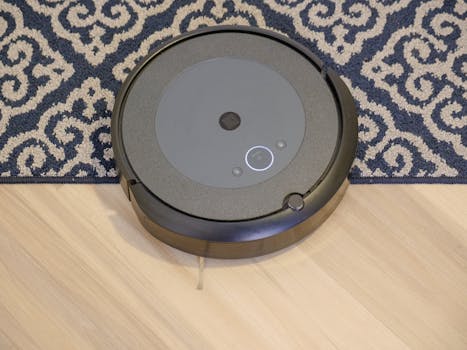
Smart Homes and Smart Living: The Technological Transformation of European Homes by 2025
Smart Homes and Smart Living is revolutionizing the way Europeans live, with a focus on innovative technologies, sustainable solutions, and enhanced quality of life. By 2025, European homes are expected to undergo a significant transformation, driven by advancements in artificial intelligence, the Internet of Things (IoT), and data analytics.
Introduction to Smart Homes
A smart home is a residence that integrates various automated systems, devices, and appliances to provide a comfortable, convenient, and energy-efficient living environment. These homes are equipped with advanced technologies, such as voice assistants, smart thermostats, and security cameras, which can be controlled remotely through smartphones or tablets.
Key Features of Smart Homes
- Energy efficiency: Smart homes are designed to optimize energy consumption, reducing waste and lowering utility bills.
- Home automation: Smart homes integrate various devices and systems, allowing for seamless control and automation of lighting, temperature, and security.
- Health and wellness: Smart homes can monitor and improve indoor air quality, noise levels, and other environmental factors that impact residents’ health and well-being.
- Entertainment and leisure: Smart homes often feature advanced entertainment systems, including smart TVs, sound systems, and gaming consoles.
Technological Advancements in Smart Homes
The development of smart homes is driven by technological advancements in areas such as:
- Artificial intelligence (AI): AI-powered devices and systems can learn residents’ habits and preferences, adjusting settings and controls accordingly.
- Internet of Things (IoT): The IoT enables seamless communication between devices and systems, creating a connected and integrated living environment.
- Data analytics: Advanced data analytics help optimize energy consumption, predict maintenance needs, and improve overall system performance.
Sustainable Solutions for Smart Homes
Smart homes are not only focused on technological innovation but also on sustainable solutions, such as:
- Renewable energy systems: Solar panels, wind turbines, and other renewable energy sources can power smart homes, reducing dependence on fossil fuels.
- Energy-efficient appliances: Smart homes often feature energy-efficient appliances, lighting, and HVAC systems, minimizing energy waste and reducing carbon emissions.
- Water conservation: Smart homes can incorporate water-saving devices and systems, such as low-flow showerheads and greywater reuse systems.
European Homes by 2025
By 2025, European homes are expected to undergo a significant transformation, driven by the adoption of smart home technologies and sustainable solutions. Some key trends and predictions include:
- Increased adoption of smart home devices and systems, with an estimated 50% of European households owning at least one smart device.
- Growing demand for energy-efficient and sustainable solutions, with a focus on reducing carbon emissions and minimizing environmental impact.
- Integration of smart homes with urban infrastructure, such as smart grids and transportation systems, to create more efficient and connected cities.
Conclusion
The evolution of smart homes and smart living is transforming European homes by 2025, with a focus on innovative technologies, sustainable solutions, and enhanced quality of life. As the smart home market continues to grow and evolve, it is essential to prioritize energy efficiency, sustainability, and user experience, creating a better future for European residents and the environment.






